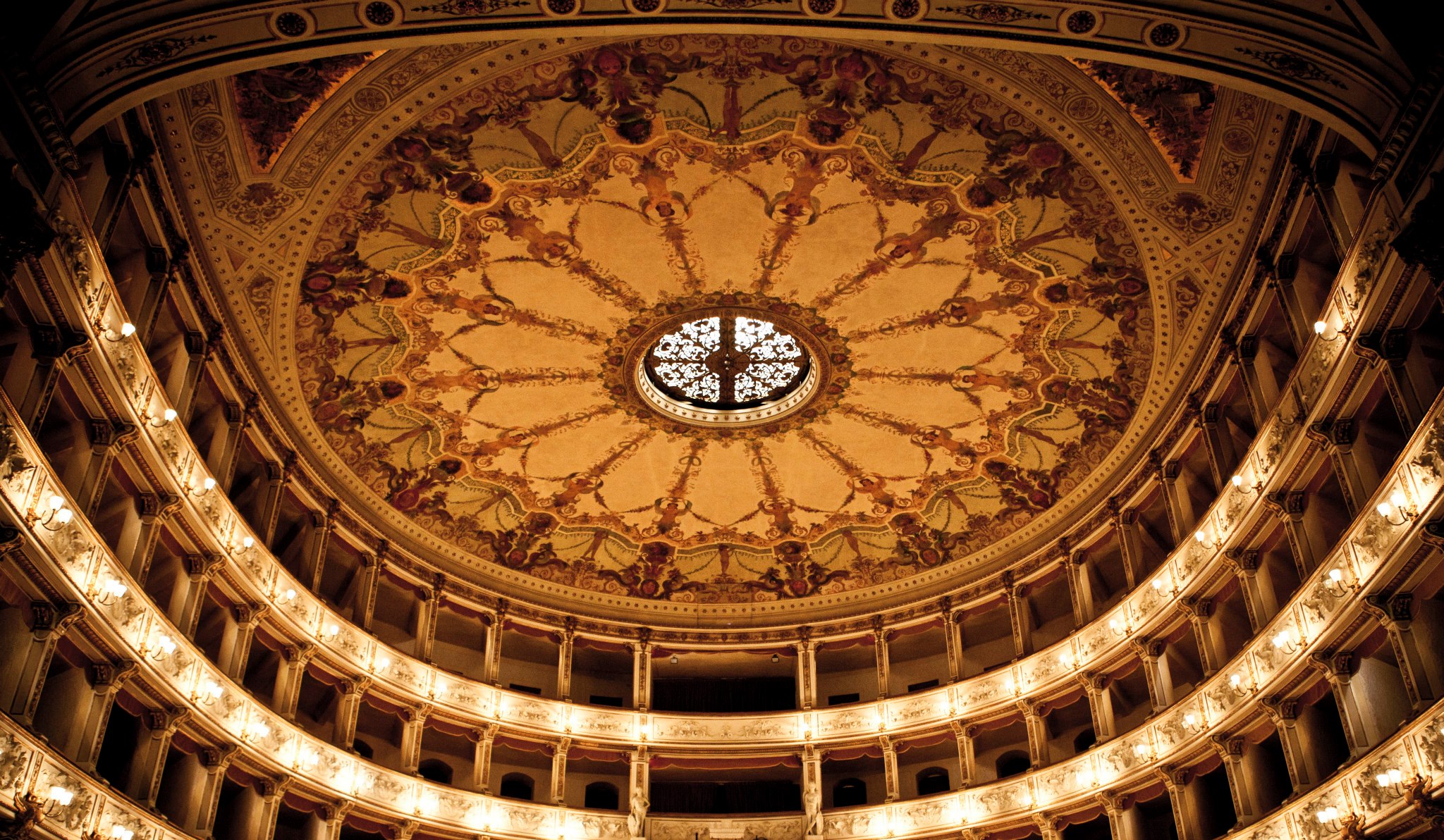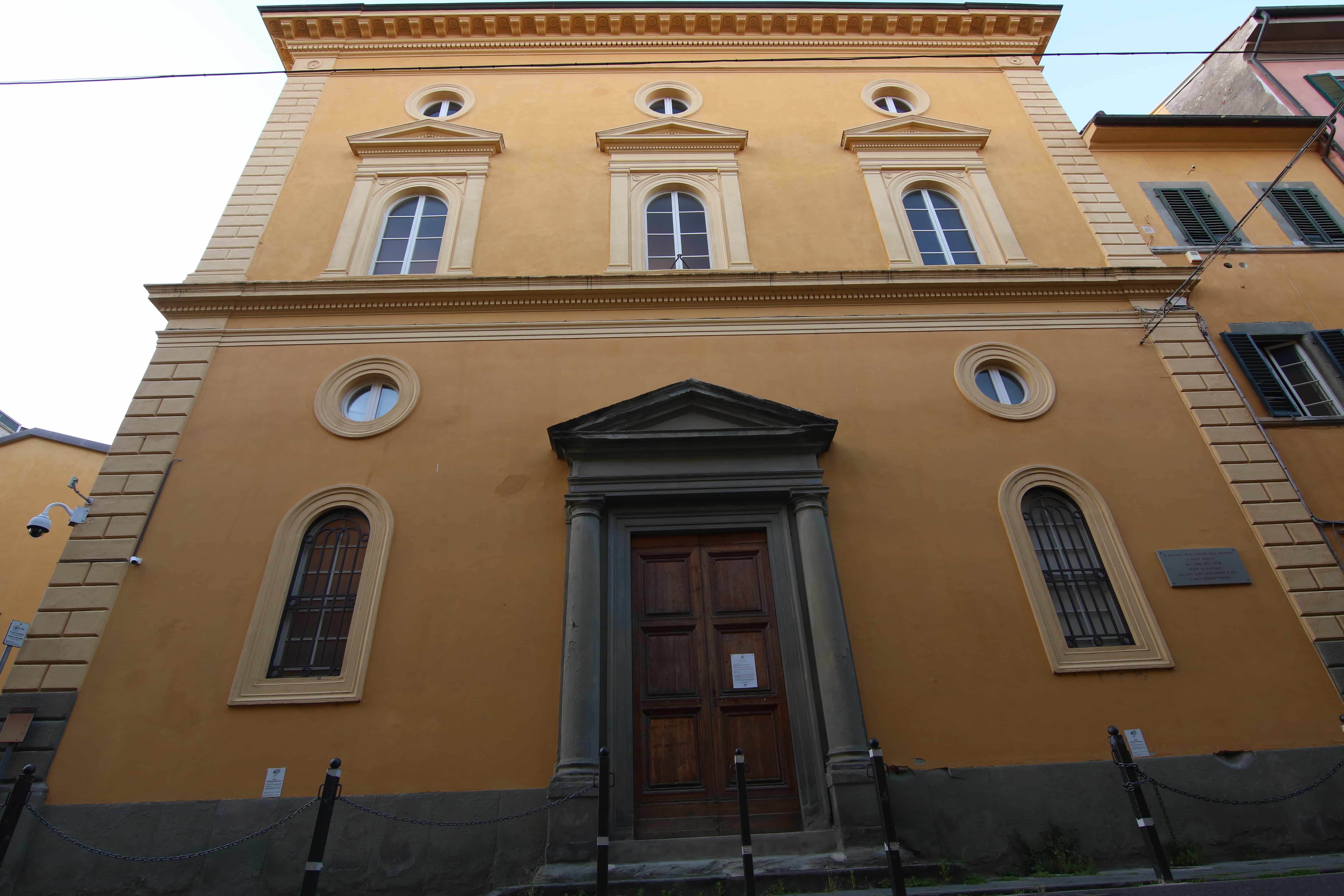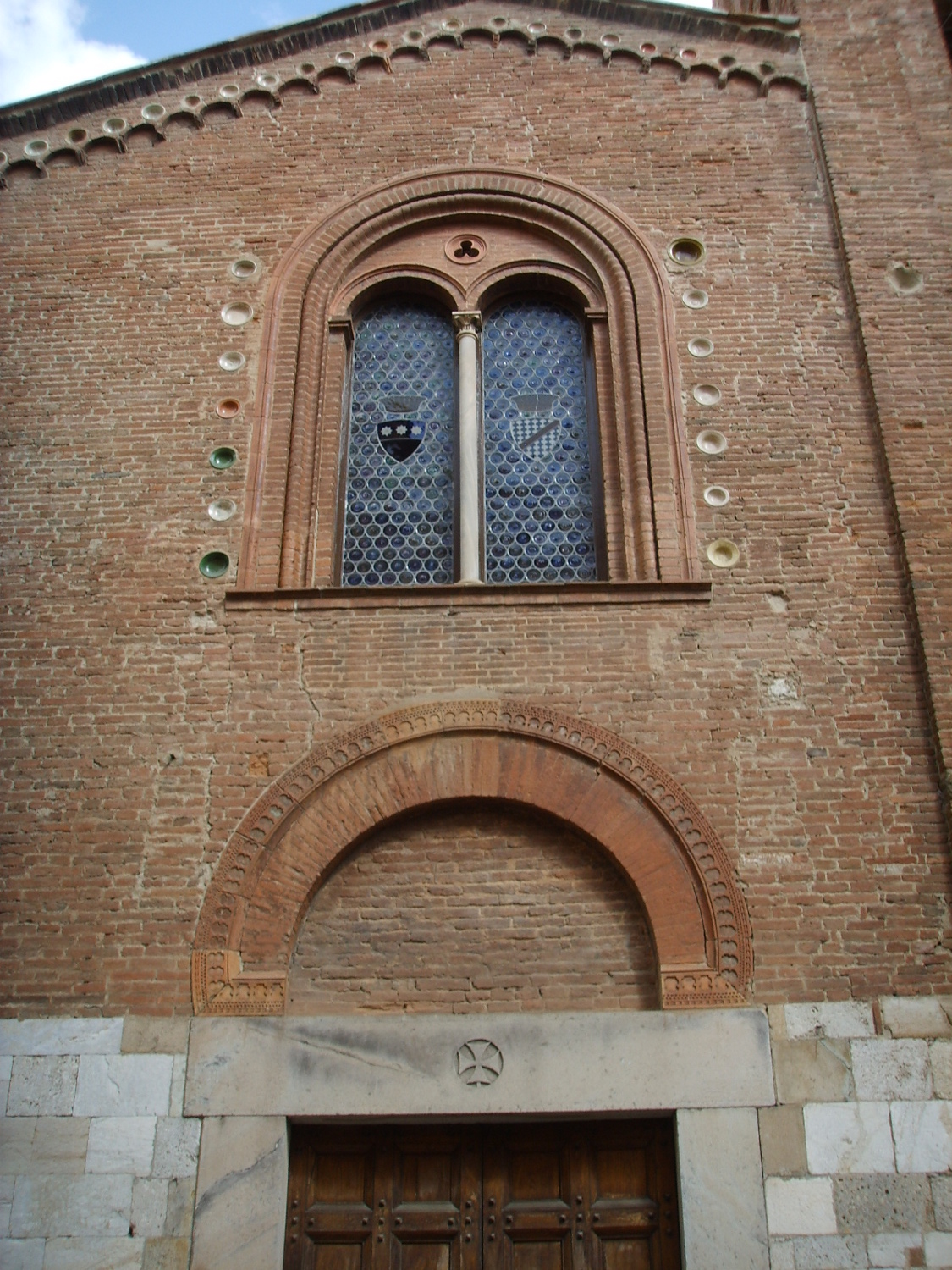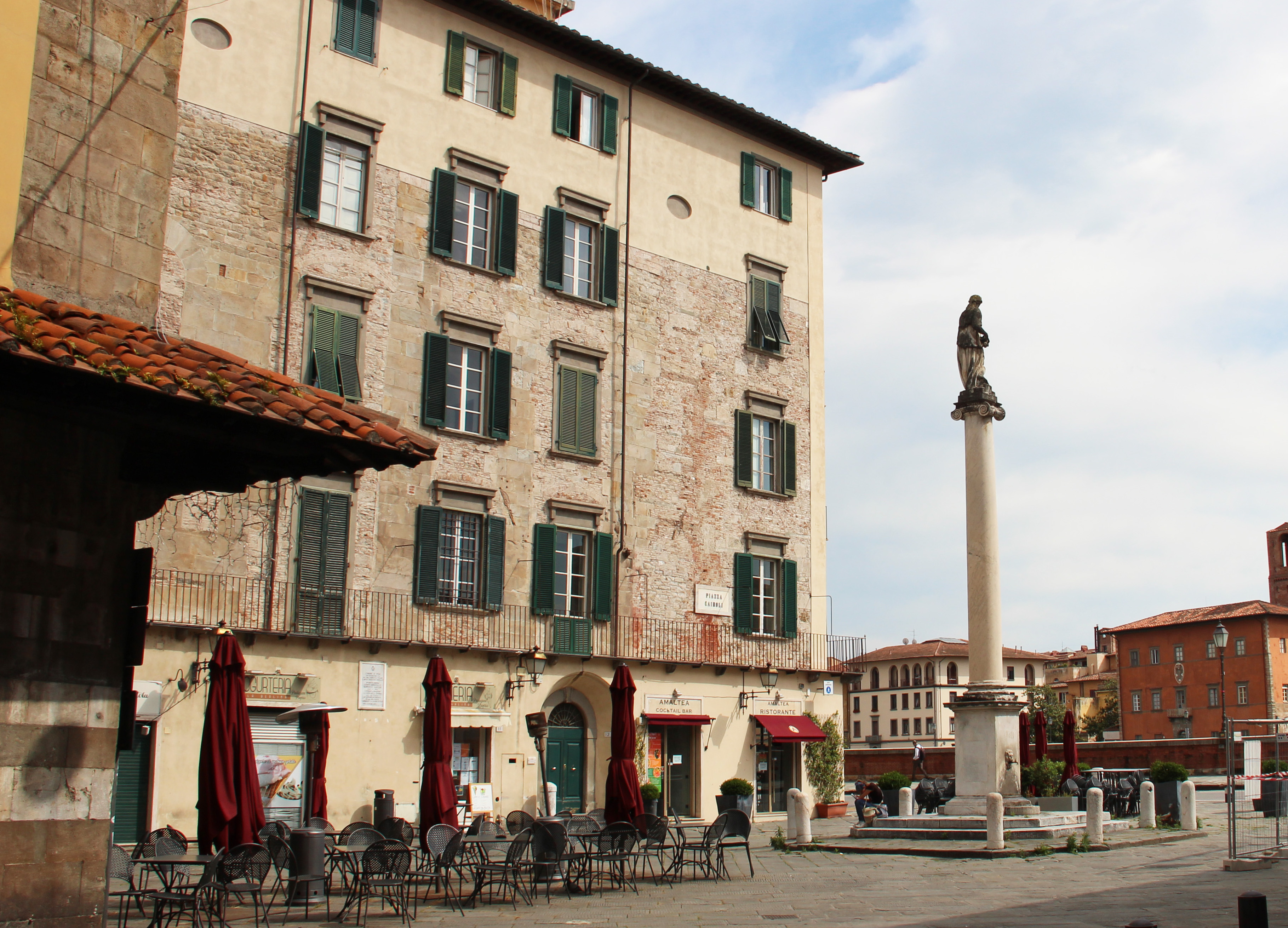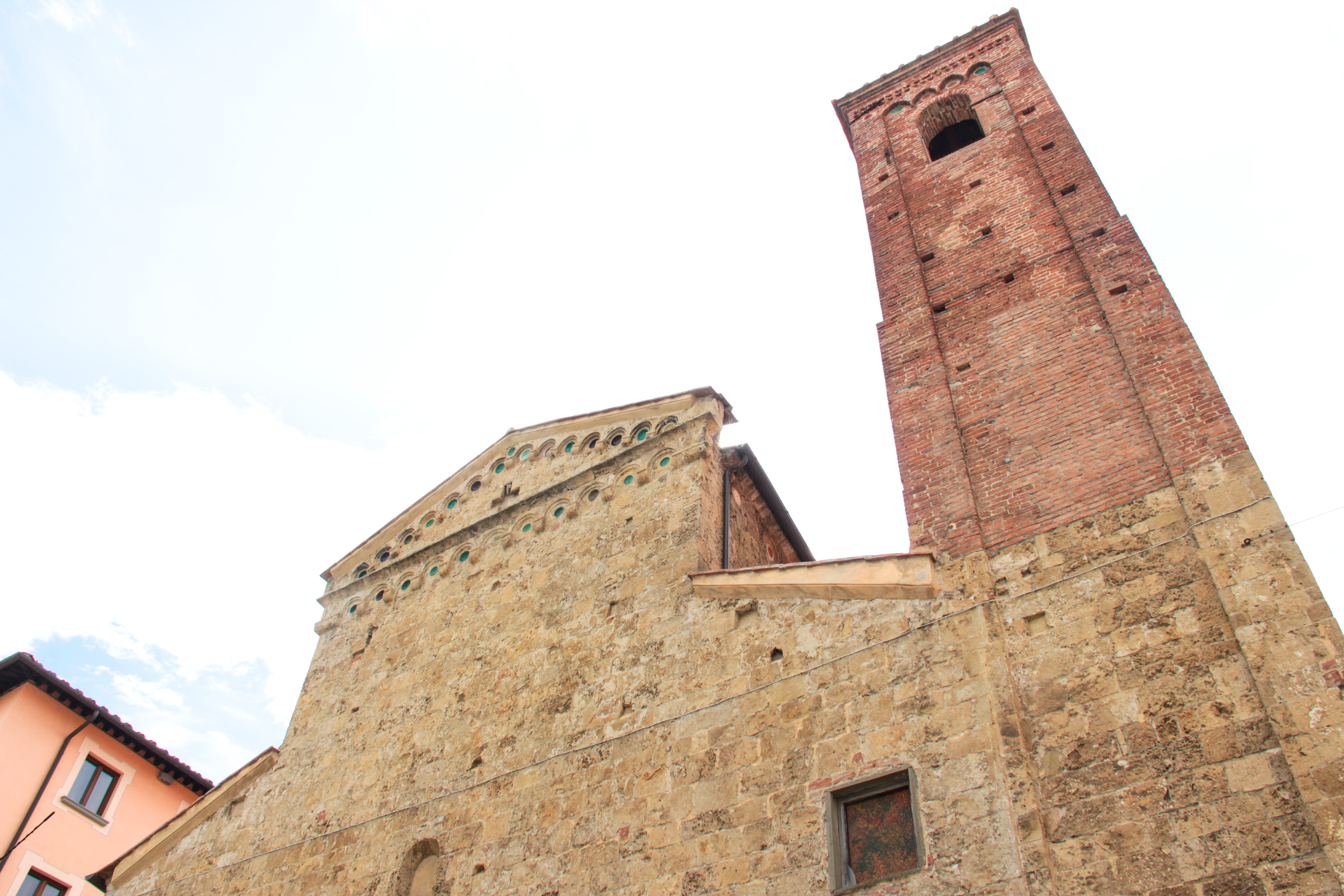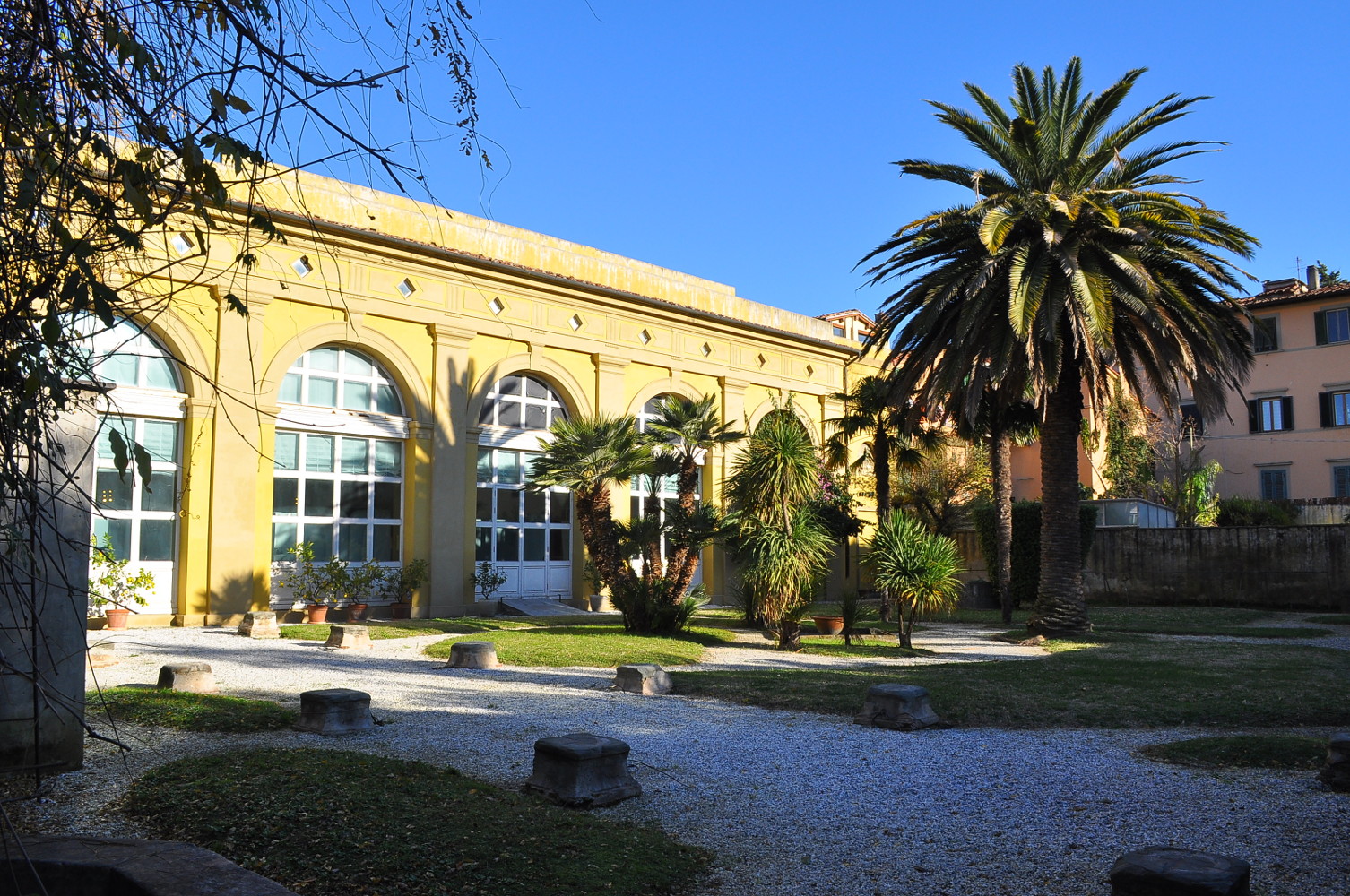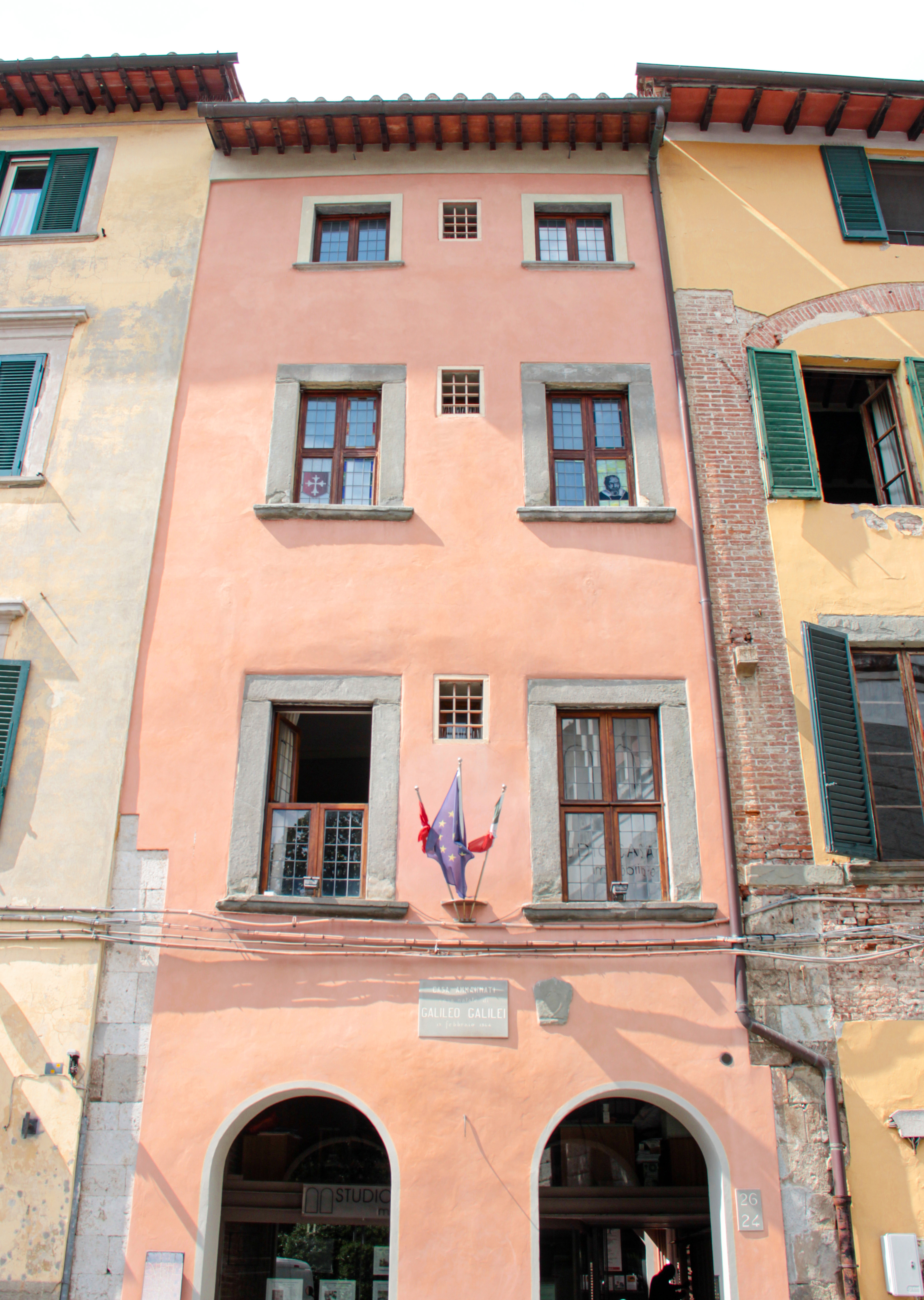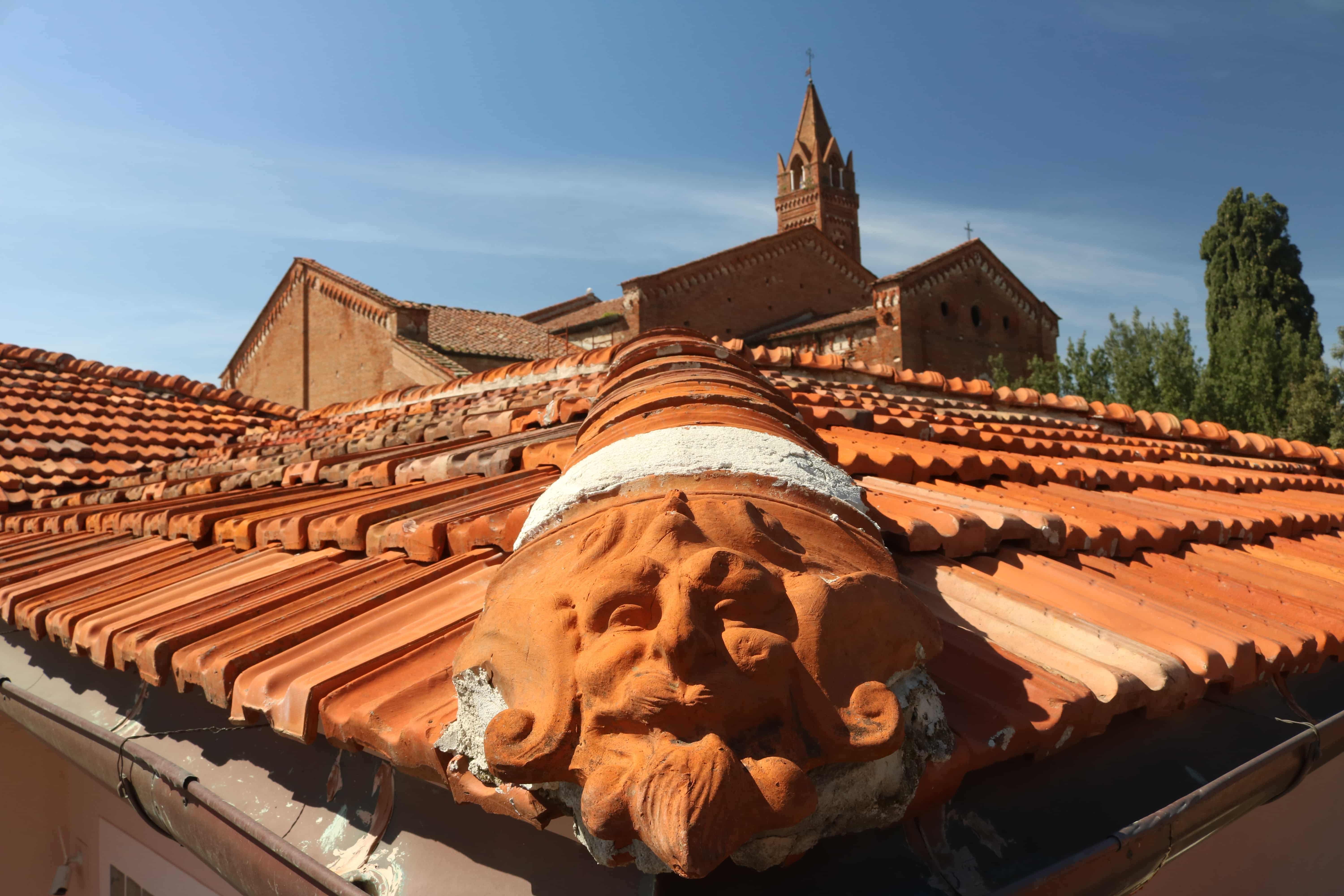Gipsoteca arte antica

The University of Pisa collection of plaster casts was initiated by Gherardo Ghirardini, professor at Pisa University and an important Italian archaeologist in post-unification cultural circles (1887).
It was originally intended as an experimental laboratory for the study of ancient art, to enable archaeology students appreciate works of ancient sculpture. It did not have a permanent home until 2005, when it was transferred to the Church of San Paolo all’Orto. As well as being an indispensable treasure for teaching and research into history and art, it has become an attraction for visitors, whose numbers reach around four thousand each year.
Today it consists in about one hundred pieces; many others have been lost, particularly during the world wars. The Gipsoteca includes replicas of masterpieces of Greek sculpture from the archaic, classical, Hellenistic and Roman periods, such as the famous Hermes and the Infant Dionisius, the Satyr in Ripose by Praxiteles, the Tyrannicides, the Belvedere Apollo, the Vatican Laocoonte and many others. There are casts of important architectural reliefs, such as the frieze from the Parthenon at Athens depicting the procession at the pan-Hellenic feasts, and casts of small objects that are important from the documentary and epigraphic point of view, such as a replica of the Phaistos Disk in the museum at Heraklion, Crete, with its spiral of characters on both faces. In 1980, two Etruscan stelas from the Guarnacci museum at Volterra were added to the collection and a new head was made in 1993 for the so-called Erinni Ludovisi in its 16th century arrangement as a sleeping nymph.

